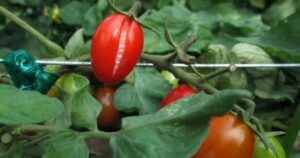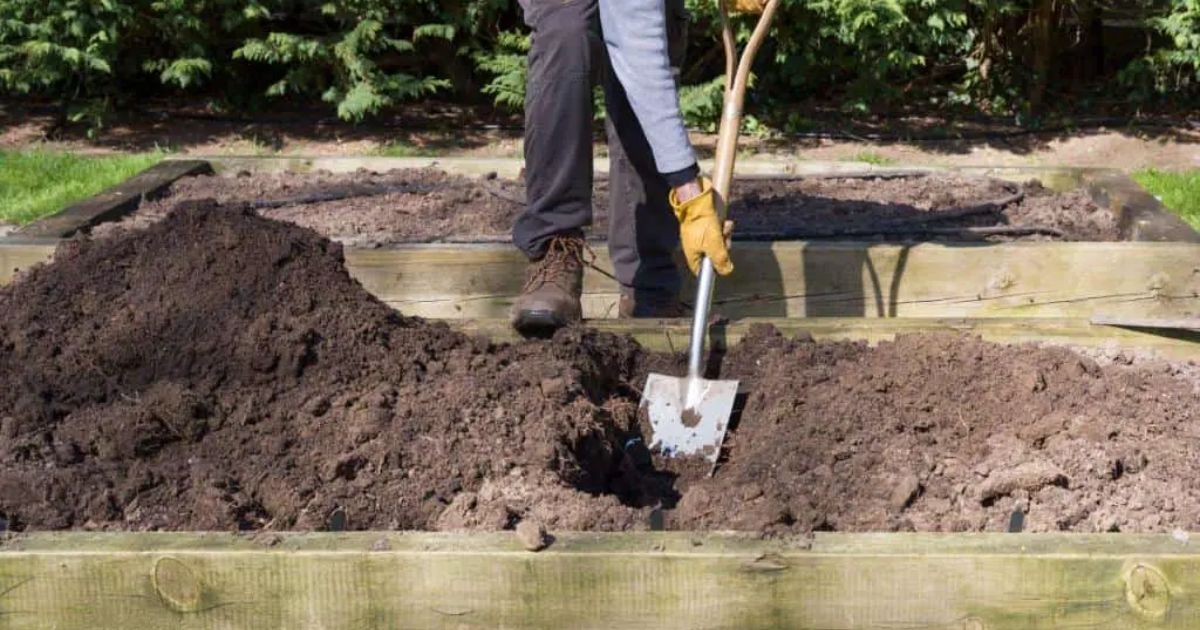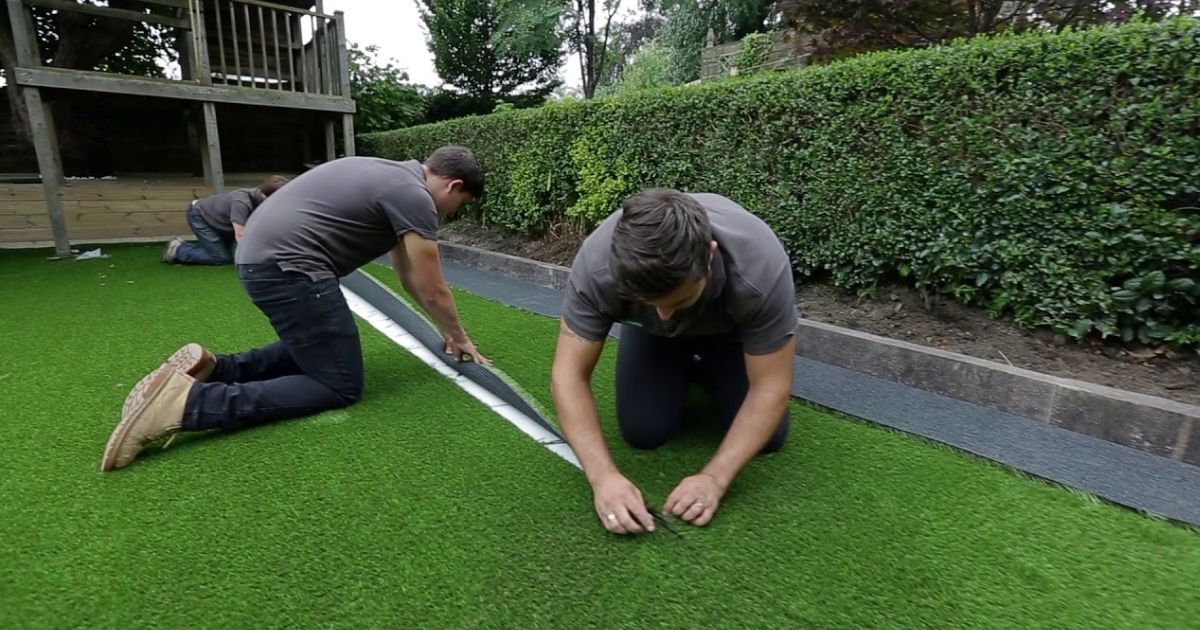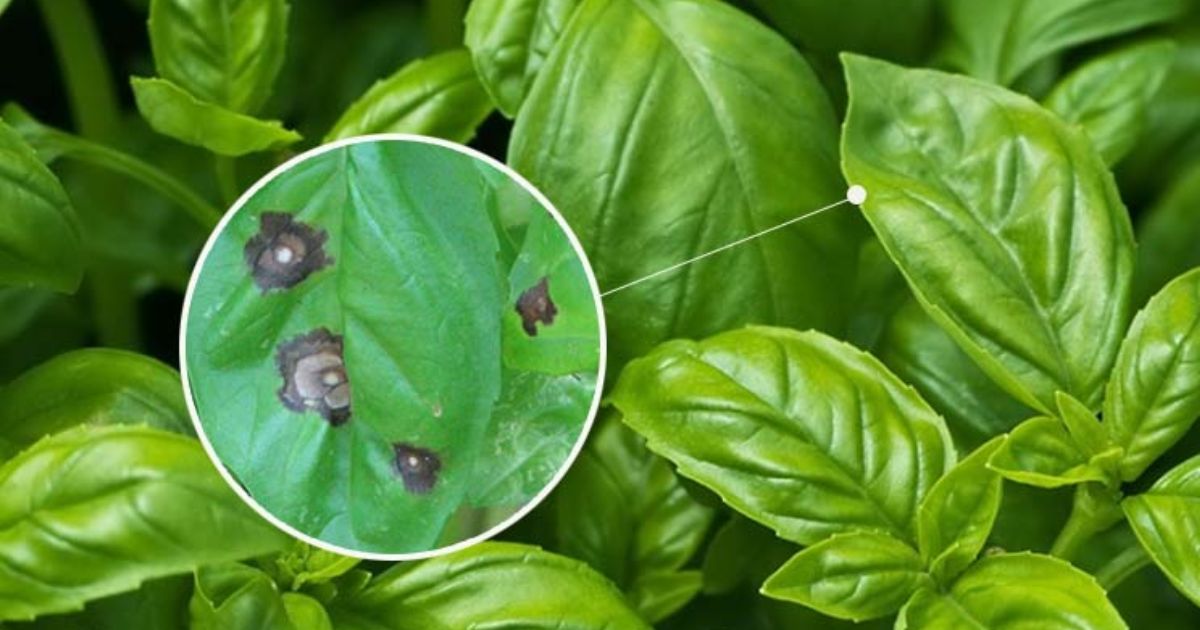If you’ve ever asked yourself, “Why do my tomatoes keep splitting?” you’re not alone. Many gardeners face this frustrating issue, especially when nearing a bountiful harvest. Tomato splitting, also known as cracking, occurs when the fruit’s skin can’t keep up with the rapid growth of the inside, causing unsightly cracks. While the problem may seem a mystery, the causes are often related to environmental factors such as irregular watering, heavy rainfall, or even the type of tomato you’re growing.
In this article, we’ll explore the common causes of tomato splitting and provide practical solutions to help you prevent it from happening again. Whether it’s adjusting your watering routine, choosing the right tomato variety, or managing your garden’s growing conditions, these simple tips will ensure your tomatoes stay plump, juicy, and crack-free. Keep reading to learn how to protect your harvest and enjoy healthier And why are my tomatoes splitting this season?
What Is Tomato Splitting?
Tomato splitting, or cracking, occurs when a tomato’s outer skin tears open, creating visible cracks on the fruit’s surface. These tomato cracks can range from small, shallow lines to deep splits in tomatoes that expose the flesh. Splitting is often seen around the stem but can appear anywhere on the fruit.
Tomato splitting can happen at various stages of growth, whether the fruit is green and still maturing or fully ripened and ready for harvest. While it’s a natural response to certain growing conditions, it can affect the appearance and quality of your tomatoes. Fortunately, understanding why it happens is the first step to preventing it.
Why Do Tomatoes Keep Splitting? (what causes cracks in tomatoes)

Tomatoes can split for several reasons, and understanding the common causes can help you prevent this issue in your garden. Here are the key factors that contribute to tomato splitting:
1. Irregular Watering
One of the most common causes of tomato splitting is inconsistent watering. When tomato plants experience drought-like conditions followed by a sudden influx of water, the fruit absorbs water too quickly. This rapid water absorption leads to a growth spurt inside the tomato, but the skin doesn’t stretch fast enough to keep up, causing it to split. The internal pressure builds up, especially after dry periods, and the outer skin tears, resulting in tomato cracks. Maintaining a consistent watering routine is crucial to preventing this issue.
2. Rapid Growth Due to Heavy Rain
Heavy rainfall after a dry spell can also cause tomatoes to split. Like irregular watering, tomatoes absorb water rapidly during and after rainstorms, which causes the fruit to expand too quickly for the skin to handle. This sudden growth stresses the tomato’s skin, leading to splitting. Gardeners who experience periods of drought followed by heavy rain will often notice more cracked tomatoes as a result.
3. Overripe Fruit
Overripe tomatoes are another common cause of splitting. As tomatoes ripen on the vine, their skin becomes thinner and more fragile. If left on the plant too long, the fruit continues to take in water and grow, but the weakened skin is more likely to crack under the pressure. Harvesting tomatoes when ripe but not overripe is a key strategy to avoid splitting.
4. Temperature Fluctuations
Extreme temperature changes can also stress tomato plants and contribute to splitting. High daytime temperatures followed by cool nights can create conditions that stress the fruit, making it more vulnerable to cracking. These fluctuations can affect the plant’s ability to regulate water absorption, increasing the likelihood of splitting tomato plants.
5. Type of Tomato Variety
Some tomato varieties are naturally more prone to splitting than others. Thin-skinned varieties, for example, are more susceptible to cracking because their skins are less elastic and cannot handle rapid growth as effectively. On the other hand, thicker-skinned tomatoes tend to resist splitting better. If splitting is a consistent problem in your garden, consider planting crack-resistant varieties like “Celebrity“ or “Mountain Fresh.”
Understanding these common causes of tomato splitting can help you take preventive measures and enjoy a healthier, more plentiful harvest.
How to Prevent Tomatoes from Splitting (Practical Solutions)
Preventing tomatoes from splitting involves careful attention to watering, harvesting, and growing conditions. Following these practical solutions can reduce the chances of your tomatoes cracking and enjoy a healthier harvest.
1. Consistent Watering Routine
One of the best ways to prevent tomato splitting is to maintain a consistent watering schedule. Tomatoes need regular water, especially during dry periods, to avoid sudden growth spurts that cause splitting. Watering the plants deeply and evenly is important, making sure the soil stays damp but not drenched. To further protect the soil’s moisture levels, Mulching the area around your plants might be beneficial. Mulch retains moisture and regulates soil temperature, reducing the stress on your tomatoes.
2. Provide Proper Drainage
Good drainage is essential for preventing tomato splitting since overwatering may be equally detrimental to inconsistent watering. Ensure your garden soil drains well to avoid water pooling around the roots. Adding organic matter, such as compost, or building raised beds to your soil can improve drainage and help prevent the sudden water absorption that leads to splitting.
3. Harvest Regularly
Another way to reduce the risk of tomato splitting is to harvest your tomatoes as soon as they are ripe. Overripe tomatoes are more prone to cracking because their skin becomes thinner and weaker. By picking tomatoes at the right time, you enjoy them at their peak flavor and prevent the skin from splitting due to overripe conditions.
5. Grow Crack-Resistant Varieties
If you’ve experienced persistent problems with tomato splitting, consider planting crack-resistant tomato varieties. These types are bred to handle rapid growth and environmental stresses better than more delicate varieties. Some popular crack-resistant tomatoes include “Celebrity,” “Mountain Fresh,“ and “Juliet.“ Choosing these varieties can significantly reduce the chances of splitting, especially in unpredictable weather.
6. Protect Tomatoes from Extreme Weather
Tomatoes can be sensitive to sudden changes in weather, particularly heavy rains or extreme temperature fluctuations. Consider using row covers or temporary shelters during intense rain or temperature drops to shield your plants from these conditions. These protective measures help reduce water absorption and temperature-related stress, keeping your tomatoes intact and healthy.
Implementing these preventive strategies can protect your tomatoes from splitting and ensure a more successful harvest. Consistency in care, choosing the right varieties, and paying attention to weather conditions will go a long way toward maintaining the quality of your tomatoes.
Additional Tips for Healthy Tomato Growth

Ensuring healthy tomato growth enhances the quality of your harvest and reduces the chances of splitting. A well-cared-for tomato plant is more resilient to environmental stresses that cause cracking. Here are some additional tips to help you grow healthy tomatoes and minimize the risk of splitting:
Proper Fertilization
Feeding your tomato plants the proper nutrients promotes balanced growth. Use a well-balanced fertilizer that provides essential nutrients like nitrogen, phosphorus, and potassium. Avoid over-fertilizing, especially with high-nitrogen fertilizers, as this can encourage rapid, uneven growth that leads to splitting. Opt for slow-release fertilizers or organic compost to provide steady nourishment throughout the growing season.
Pruning
Regularly pruning your tomato plants helps direct their energy toward fruit production and healthy growth. Remove any unnecessary suckers (small shoots that grow between the main stem and branches) to allow better air circulation & reduce the risk of fungal diseases. Pruning also helps your tomatoes ripen more evenly, reducing the likelihood of cracking caused by uneven growth or overripe fruit.
Pest and Disease Control
Keeping your tomato plants free of pests and diseases is essential for overall plant health. Pests like aphids, tomato hornworms, and spider mites can weaken plants, while fungal diseases can harm the fruit and increase its vulnerability to splitting. To control pests, use organic insecticides, neem oil, or companion planting (like marigolds). Examine your plants frequently for disease symptoms and remove any affected areas to prevent spread.
Support Your Plants
Using tomato cages, stakes, or trellises to support your plants helps prevent damage from heavy fruit or strong winds. Proper support keeps the tomatoes off the ground, reducing the risk of bruising and splitting while improving air circulation around the plant.
Healthy Plants, Less Splitting
A healthy tomato plant is naturally less prone to splitting because it’s better equipped to handle environmental stresses. When a plant is well-fed, properly pruned, and free from pests, it can more easily regulate its water absorption and growth, reducing the chances of the rapid growth spurts that cause splitting. Following these general care tips, you can keep your tomato plants thriving and enjoy a beautiful, crack-free harvest.
Conclusion
Tomato splitting is a common issue caused by irregular watering, heavy rain, overripe fruit, temperature fluctuations, and certain tomato varieties. However, you can easily prevent your tomatoes from cracking with the right care. You can significantly reduce the risk of splitting by maintaining a consistent watering routine, ensuring proper drainage, regularly harvesting crack-resistant varieties, and protecting your plants from extreme weather. Additionally, following general tips like proper fertilization, pruning, and pest control will keep your tomato plants healthy and resilient. These practical solutions allow you to enjoy a bountiful, crack-free harvest of juicy, delicious tomatoes.
FAQs
Why do tomatoes split after rain?
Tomatoes split after rain due to the sudden influx of water absorbed by the fruit. When the soil is dry and a heavy rain follows, tomatoes take in water rapidly, causing the inner fruit to expand faster than the skin can stretch. This results in the skin cracking or splitting under the pressure.
can you eat a split tomato?
Yes, split tomatoes are still safe to eat, but using them quickly is important. The cracks in the skin can make the fruit more vulnerable to mold, bacteria, and pests. If the tomato doesn’t show signs of rotting or disease, you can enjoy it by cutting away the cracked portions.
What is the best time of day to water tomatoes?
The best time to water tomatoes is in the early morning. Because of this, the plant can take in moisture before the day’s heat sets in, ensuring efficient water usage and reducing the risk of diseases like mildew or fungal infections that thrive in damp, cool conditions overnight.





